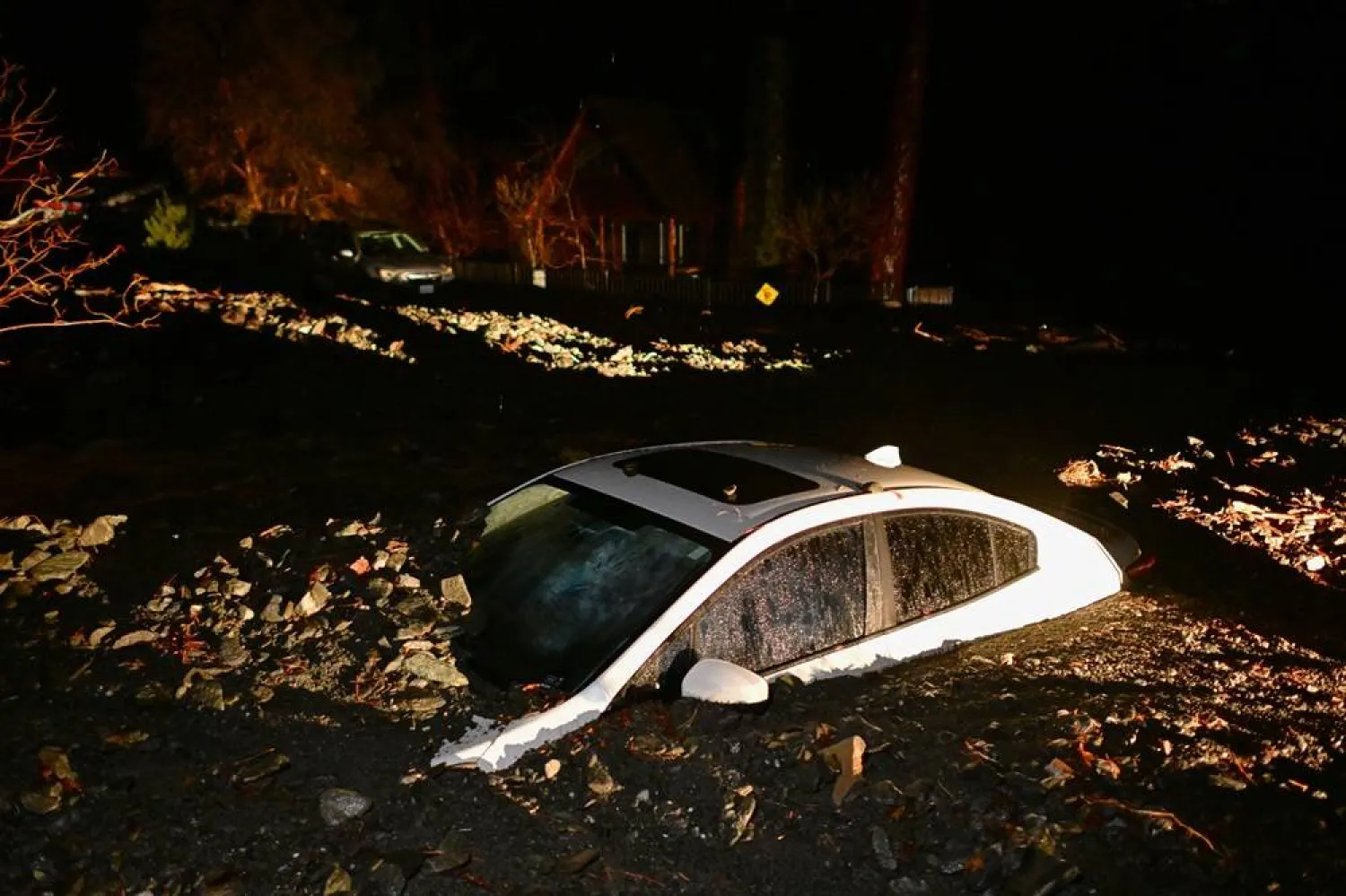Malaysia and Thailand are facing a second wave of heavy rain and potential flooding this week, authorities said on Monday, even as some displaced residents were able to return home and the worst floods in decades began receding in some areas.
Since last week, 27 people have died and more than half a million households in the neighboring Southeast Asian countries have been hit by torrential rain and flooding that authorities say have been the most severe in decades.
The immediate situation has improved in some areas and water levels have eased, according to government data on Monday.
In Malaysia, the number of people in evacuation shelters dropped to around 128,000 people, from 152,000 on Sunday, the disaster management agency's website showed.
The northeastern state of Kelantan, which has been the worst hit, was expected to face a fresh deluge from Dec. 4, the chief minister's office said in a Facebook post on Sunday.
"Although floodwater trends show a slight decrease, (the chief minister) stressed that vigilance measures must remain at the highest level," the post said.
Meanwhile, in southern Thailand, 434,000 households remain affected, the country's interior ministry said in a statement on Monday, down by about 100,000 from the weekend.
The government has provided food and supplies for those in the flood-hit areas, the ministry said, adding water levels in seven provinces were decreasing.
Thailand's Meteorological Department said people in the country's lower south should beware of heavy to very heavy rains and possible flash flooding and overflows, especially along foothills near waterways and lowlands, between Dec. 3-5.









